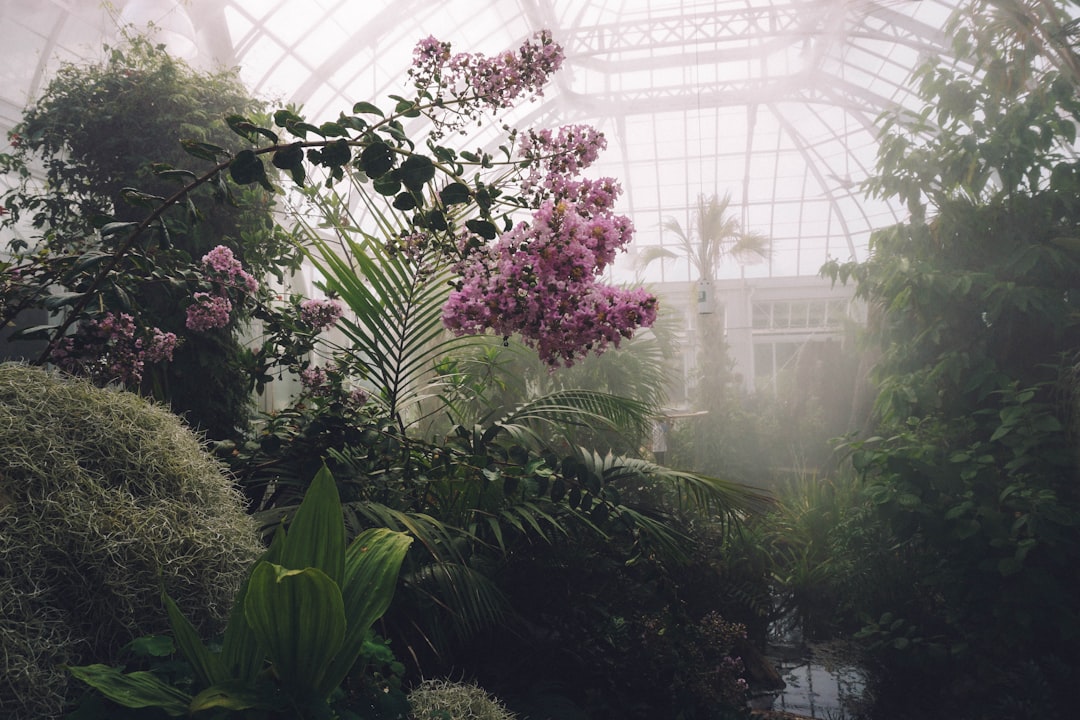For gardeners dreaming of fresh tomatoes in December, crisp lettuce in February, or blooming flowers in the depths of winter, greenhouse gardening makes it all possible. With the ability to control temperature, humidity, and light, greenhouses extend growing seasons, protect plants from harsh weather, and dramatically boost productivity. Whether you're a backyard hobbyist or a serious grower, greenhouse gardening is a powerful way to unlock the full potential of your garden year-round—no matter where you live.
In this post, we’ll explore the benefits of greenhouse gardening, essential components for a successful setup, and strategies to make the most of your indoor oasis.
1. Why Greenhouse Gardening?
Extend the Growing Season
Greenhouses allow you to start seeds early, harvest vegetables late into the season, and even grow crops during winter. By maintaining a warm and stable environment, you can keep your plants thriving when outdoor conditions are too cold or erratic.
Protection from the Elements
Your garden is safe from frost, excessive rain, hail, wind, and extreme heat. A greenhouse creates a barrier that reduces stress on your plants and prevents damage from sudden weather changes.
Pest and Disease Control
Greenhouses act as a protective bubble, shielding plants from many common pests and soil-borne diseases. While not completely pest-proof, the enclosed environment makes it easier to monitor and manage problems before they become infestations.
Improved Productivity
With the right setup, greenhouses can create an ideal microclimate that promotes rapid growth and higher yields. You can grow multiple crops per year, experiment with plant varieties, and harvest more from less space.
2. Greenhouse Types: Which One Is Right for You?
Cold Frame
A small, low-cost greenhouse with no supplemental heat. Great for hardening off seedlings, protecting cool-season crops, and extending the growing season by a few weeks on either end.
Mini Greenhouse
Perfect for small spaces like balconies and patios. These compact structures can house a few trays of seedlings or herbs and are ideal for beginners.
Hoop House / Polytunnel
Constructed with a frame covered in plastic sheeting, hoop houses are a budget-friendly option for larger-scale gardeners. They offer ample space and are effective at trapping heat, but may need supplemental heating in cold climates.
Glass or Polycarbonate Greenhouse
These permanent structures offer excellent insulation, durability, and light transmission. They’re ideal for serious gardeners and can be fitted with heating, cooling, and ventilation systems for full control over the growing environment.
3. Must-Have Components for a Productive Greenhouse
Temperature Control
-
Ventilation: Roof vents, louvered side vents, and fans help regulate temperature and prevent overheating.
-
Heating: In colder climates, electric or propane heaters keep the environment warm during winter.
-
Insulation: Bubble wrap, thermal curtains, and double-glazed panels can help retain heat.
Humidity Management
Maintaining proper humidity reduces disease risk and supports healthy growth.
-
Misting systems or simple trays of water can raise humidity levels.
-
Ventilation and dehumidifiers help prevent fungal issues in overly damp conditions.
Lighting
Natural sunlight is key, but supplemental grow lights may be needed during short winter days or in cloudy regions. LED grow lights are energy-efficient and customizable for different plant needs.
Irrigation
Drip irrigation or soaker hoses deliver water directly to the roots and reduce waste. Self-watering systems and timers can simplify daily maintenance and ensure consistent moisture.
Shelving and Layout
Maximize space with vertical shelves, hanging baskets, and tiered growing systems. Group plants based on light and water needs, and leave enough space for airflow and movement.
4. What to Grow in a Greenhouse Year-Round
Cool-Season Crops (Fall/Winter)
-
Lettuce
-
Spinach
-
Kale
-
Swiss chard
-
Radishes
-
Broccoli
-
Herbs like parsley and cilantro
Warm-Season Crops (Spring/Summer or with heating)
-
Tomatoes
-
Peppers
-
Cucumbers
-
Eggplant
-
Basil
-
Beans
Perennials and Exotic Plants
Greenhouses are ideal for growing orchids, citrus trees, fig trees, and other tender plants that require stable, warm conditions year-round.
Starting Seeds
Use your greenhouse to start seeds early in the season, giving your outdoor garden a head start with healthy, robust seedlings.
5. Tips for Success
Keep It Clean
Regularly remove dead leaves, sanitize tools, and clean surfaces to prevent disease buildup.
Monitor and Adjust
Use thermometers, hygrometers, and soil moisture sensors to track growing conditions. Adjust ventilation, heating, and watering as needed.
Rotate Crops
Avoid planting the same crops in the same place season after season. Crop rotation helps prevent pest buildup and maintains soil health.
Plan for Pollination
In closed greenhouses, natural pollination may be limited. Hand-pollinate or introduce pollinator-friendly practices (like opening vents during blooming or attracting bumblebees) to ensure fruit development.
6. The Global Impact and Possibilities
From Arctic villages growing fresh greens with hydroponic greenhouses to desert regions producing crops with solar-heated structures, greenhouse gardening has global significance. It empowers communities to become more self-sufficient, reduces food miles, and supports year-round access to fresh produce in places once thought impossible for farming.
Greenhouses are also at the forefront of innovation—combining renewable energy, aquaponics, and smart tech to create highly productive, sustainable systems. Whether you’re homesteading or simply seeking to grow your own salad greens, greenhouse gardening is an investment in food security, environmental stewardship, and personal well-being.
Conclusion
Greenhouse gardening opens a world of year-round growing potential, bringing consistency and abundance to your gardening journey. It’s a space where tomatoes ripen in snowstorms, herbs thrive under the soft hum of grow lights, and flowers bloom in any season. With the right tools and a bit of planning, you can transform your backyard or balcony into a productive greenhouse haven—no matter the climate or time of year.
So go ahead—build your portable paradise, plant with intention, and watch your garden grow 365 days a year.

Comments
No comments yet. Be the first to comment!
You must be logged in to comment. Login